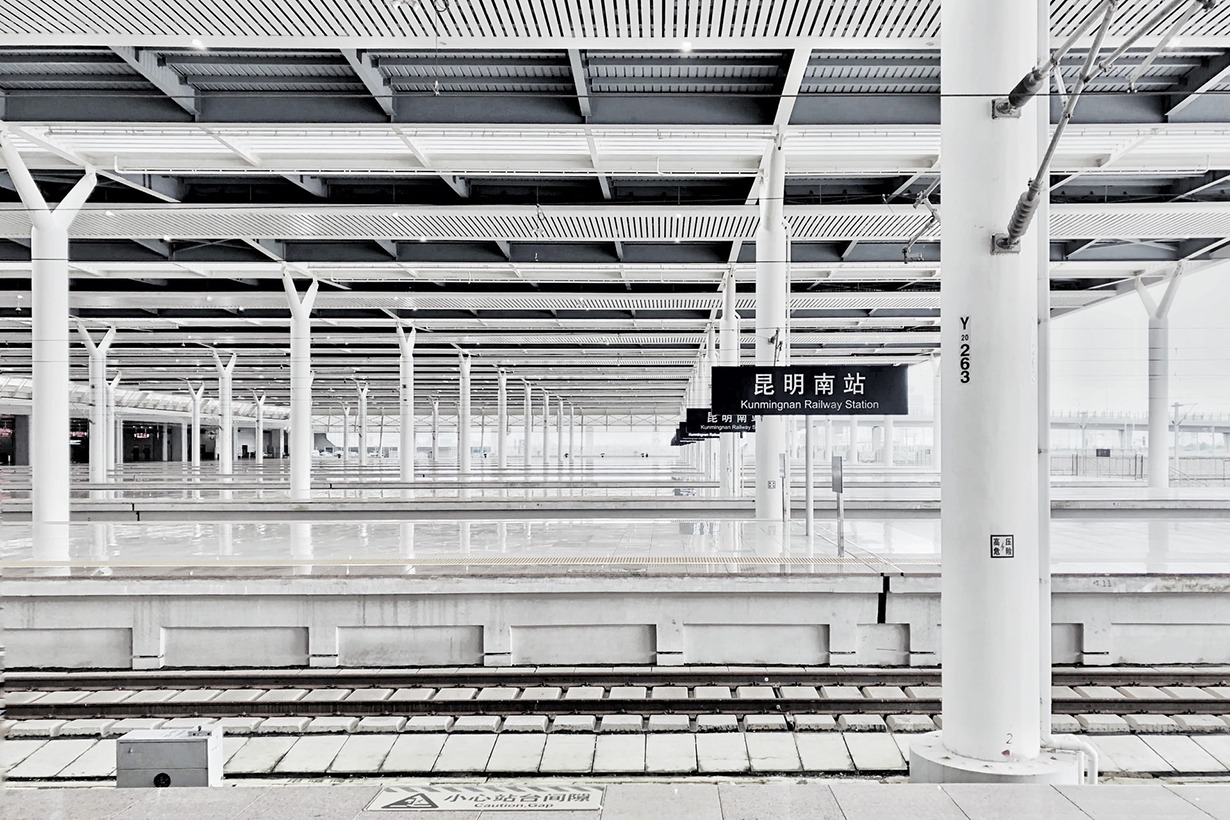
Client: ASI Consult OÜ
Period: 2009
In the course of this project, an analysis was made of the socio-economic viability of reconstructing passenger train stops and bringing them up to standard. The aim of the investments was to ensure greater safety and comfort for rail passengers and pedestrians crossing the railways and to make passenger train traffic more attractive.
The analysis was based on a comparison of the costs and benefits of the two scenarios as required by the European Commission’s cost-benefit analysis. Costs and benefits were taken into account both from the company’s perspective (impact of the investment on the company’s financial performance) and from the wider societal perspective (the monetary value of benefits and costs such as infrastructure charges, safety, time savings from faster service at stops and environmental costs of operating buses).
The analysis showed that the project performance indicators (net present values of cash flows generated by the investment) are negative.
However, in the socio-economic analysis, due to the lack of sufficient data, it was not possible to take into account the benefit of the project’s main objective, increased security.
In order to take into account security and equal opportunities, a multi-criteria analysis was carried out and it was found that investing with the support of the EU makes socio-economic sense.
According to the transport infrastructure investment plan, the total cost of the investment was 102 million EEK.
The results made it possible to finance the project from the funds of the European Regional Fund.
The analysis was commissioned by AS Consult OÜ, the final user of the work was AS Eesti Raudtee.